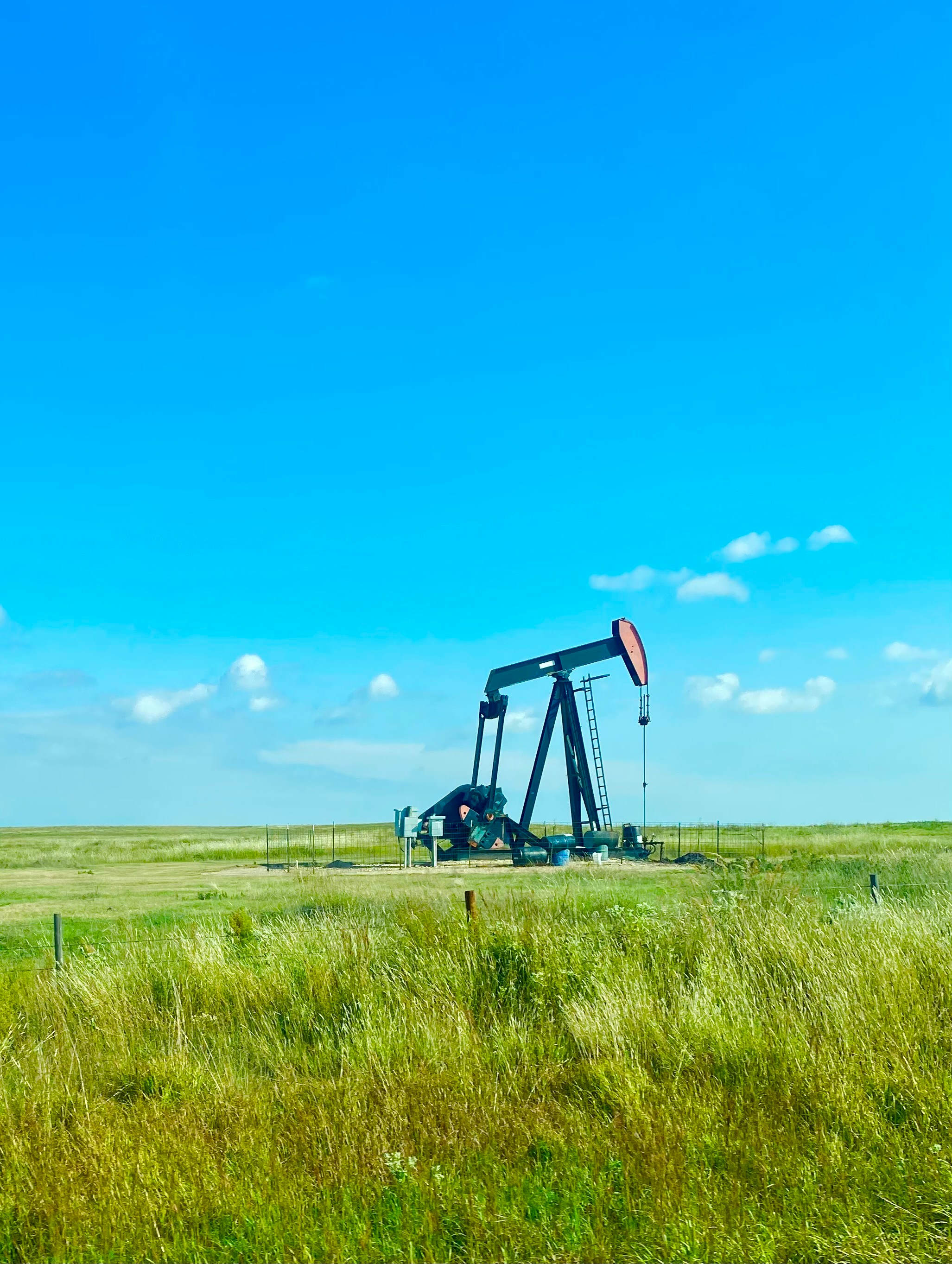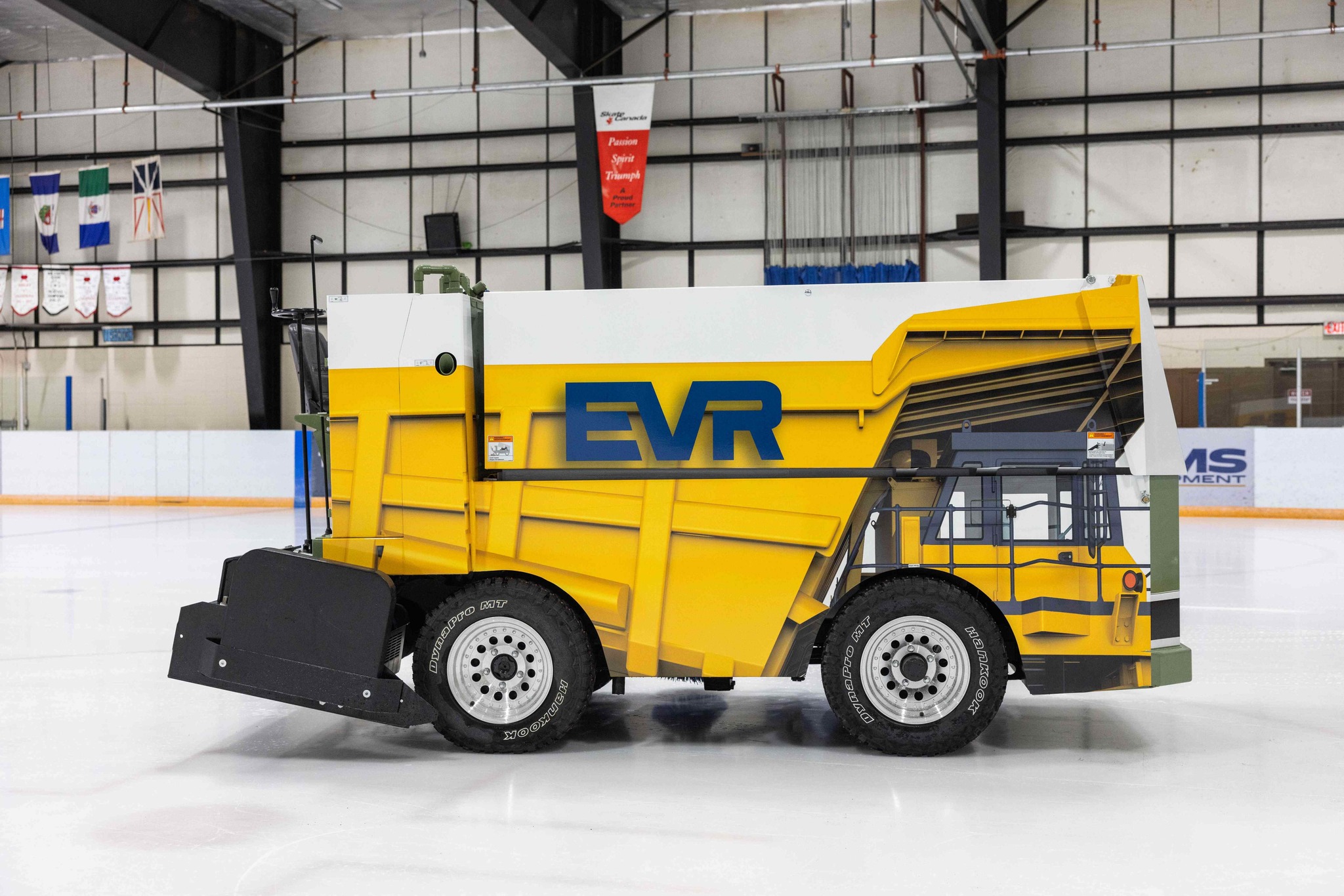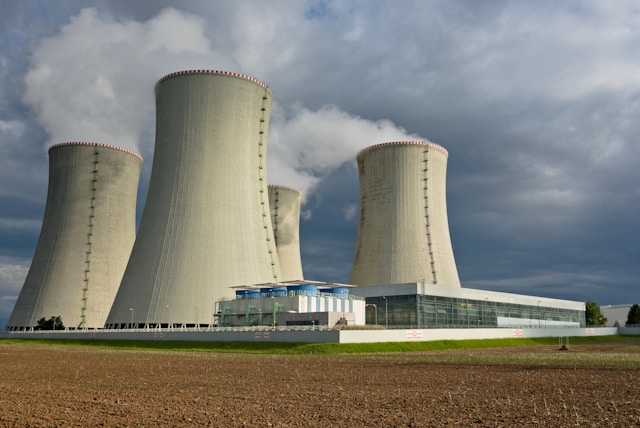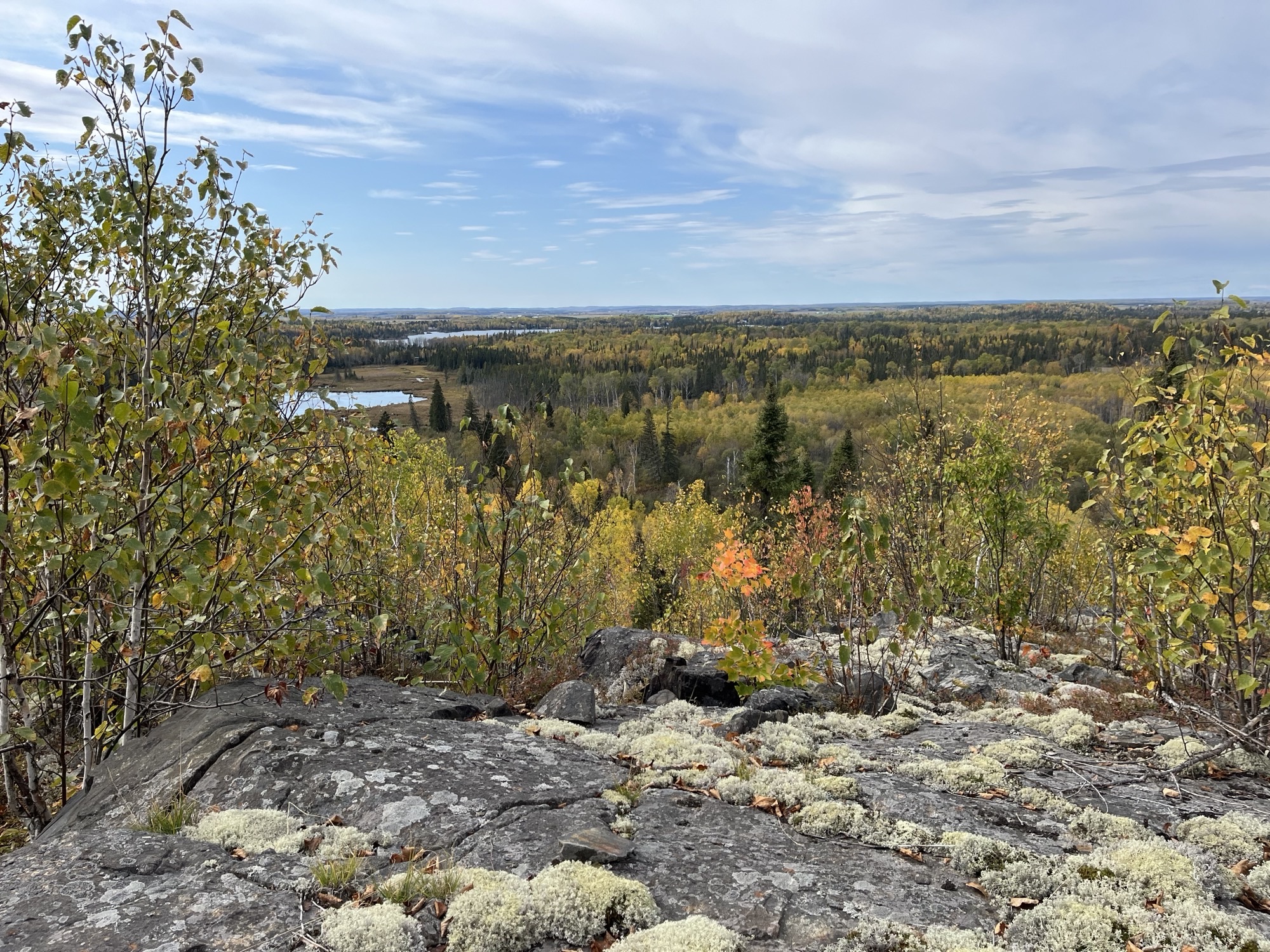Bardusan Placers is a leader in environmental stewardship

Premier Darrell Pasloski (far left) at the Yukon Geoscience Forum awards banquet with Energy Mines & Resources Minister Brad Cathers (centre) and (L t
Premier Darrell Pasloski (far left) at the Yukon Geoscience Forum awards banquet with Energy Mines & Resources Minister Brad Cathers (centre) and (L to R) Troy Taylor, who accepted an award on behalf of Bardusan Placers Ltd., Jing You Lu of Jinduicheng Molybdenum Group Ltd., who accepted an award on behalf of Yukon Zinc Corporation, and Kevin Brewer, who accepted an award on behalf of Pitchblack Resources Ltd. — Yukon Government photo
Claus Barchen, the owner-operator of Bardusan Placers, was thrilled with receiving a 2012 Robert E. Leckie Award on November 19, 2012. The award, given out by the Yukon Government, was for Excellence in Environmental Stewardship in Placer Mining.
The family-oriented, two- to three-man operation is a prime example of modern mining success; it operates just north of Mayo, Yukon.
Bardusan Placers was recognized at the 40th Annual Geoscience Forum banquet, along with Yukon Zinc Corporation and Pitchblack Resources Ltd. Mining & Exploration spoke with Barchen about his success in environmental stewardship and the details of his operation.
Bardusan Placers Ltd. is a privately owned and operated placer gold mine located approximately 60 kilometres north of Mayo, Yukon. Seasonally operated between May and October, we excavate thawed gravels to be washed and concentrated in a conventional sluice plant. The operation was started by Hans Barchen in 1958 and has been in continuous production as a small family-oriented placer mine.
The placer mine is located in a narrow-valley, steep-gradient, higher elevation situation, dominated by large amounts of boulders and coarse gravel. It also shares close proximity to the infrastructure of Alexco Ltd., a newer underground hard-rock silver-lead-zinc mine. Alexco and Bardusan Placers try to co-operate with each other's mining endeavours.
To adapt to the continually changing and more stringent water-use regulations and energy costs over the last 30 years, our operation has evolved to incorporate techniques to reduce water use, lower energy costs and meet water-quality standards. With the use of basic open-pit cut-and-fill techniques, the mining operation progresses upstream and tailings are replaced as close as possible to the original contours. The stripping of non-economic gravels and classification (screening) of pay gravels greatly reduces the use of water in the gravity-concentration process and results in smaller effluent settling ponds. Smaller mining cuts tend to reduce cycle times, equipment requirements and energy costs for our situation. The keep-it-simple principle and observation of other operations have allowed us to continue in this high-risk industry.
The stream bed is armoured with coarse boulders to provide stream stability. Since we are excavating up to 20 metres, we have used buried gravity drainage to access settling ponds, although we are experimenting with subsurface settling too in our coarse gravels to comply with the effluent standard. This should reduce our surface impact and allow for a smaller mining footprint. Stockpiled organics are redistributed over the contoured tailings to naturally revegetate. As the permafrost has been replaced with thawed materials, vegetation quickly returns—most often denser than before. The goal is to rehabilitate mined areas on a yearly basis.
I would hope that environmental stewardship could be incorporated into the mining industry, but it is not without its costs. I also hope that the regulatory bodies and societies will also understand the inflationary impacts of the final products the mining industry produces (in order) to keep environmental impacts minimized. Should the market not reflect desirability of environmental stewardship or if governments do not deliver certainties or perhaps tax breaks, the improvements in environmental protection realized in the industry over the last 30 years would be in jeopardy.
To be nominated and awarded the Robert E. Leckie placer exploration and mining award was a very pleasant honour for the recognition of practices we and most Yukon placer miners try to incorporate into our businesses. I appreciate being singled out for this but would also like to point out that the placer industry in Yukon has, as a whole, transformed over the last 30 years to minimize the effects on our environment.



